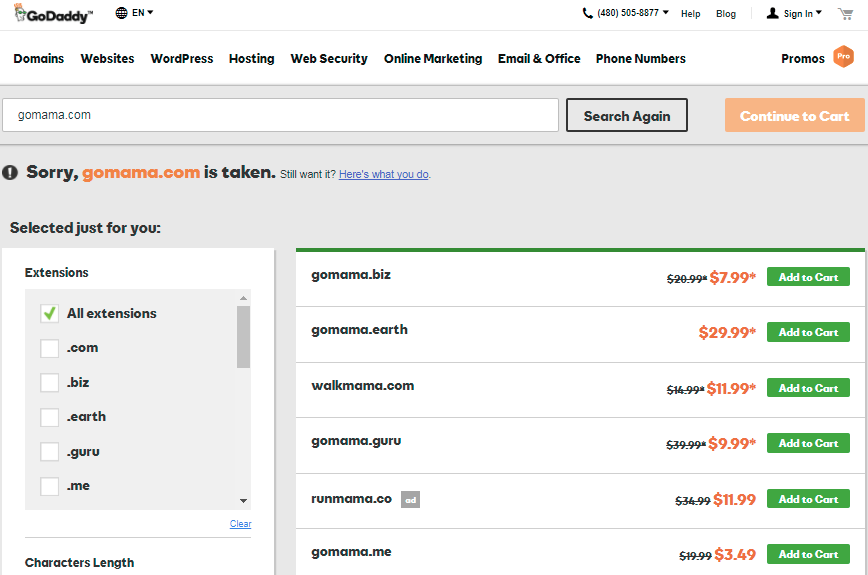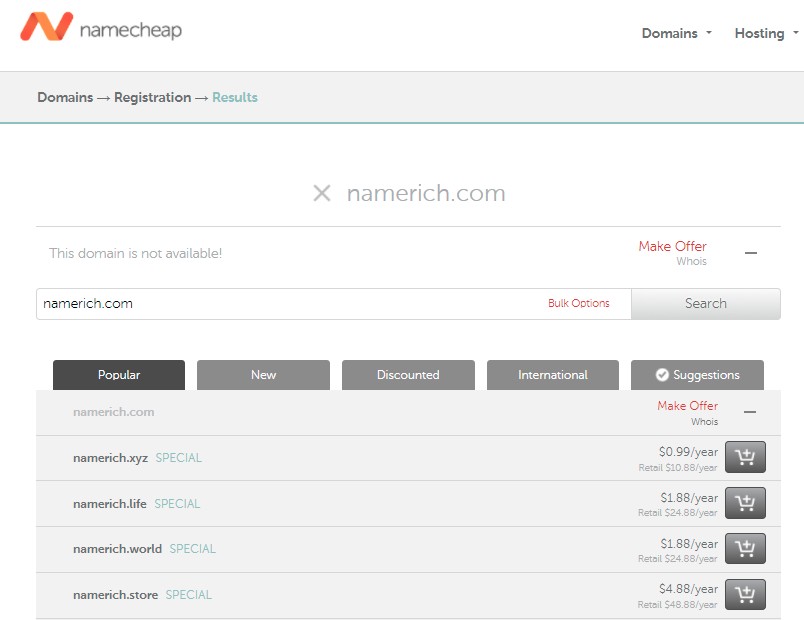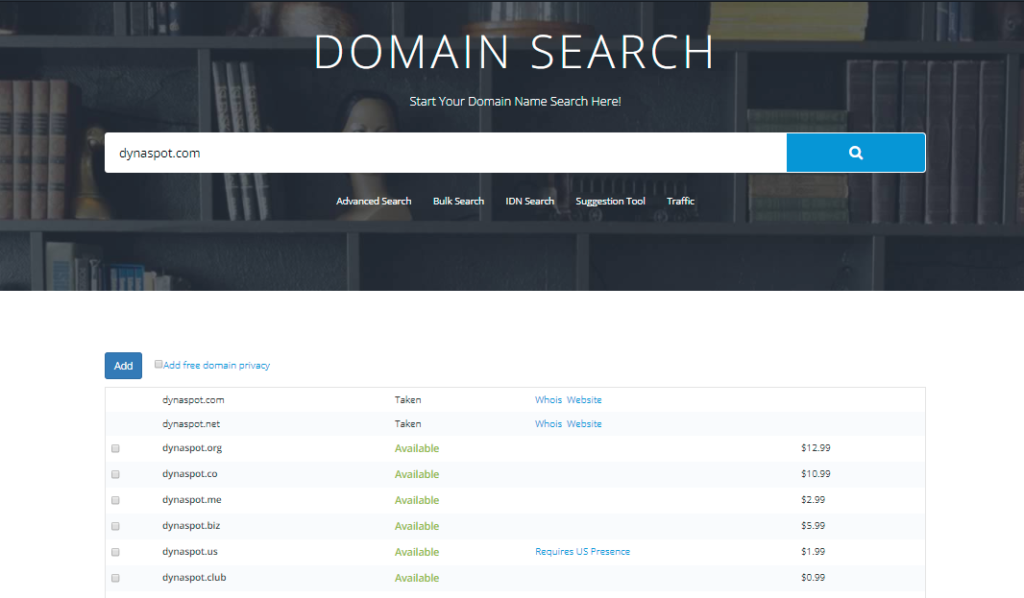A couple months ago, you recognized a problem and since, the idea has been lingering in your mind. In your spare time, you slowly start researching to see if a solution already exists. If one does, you skim their site, maybe watch their how it works video and before leaving the site, you visit their about us page to learn how the company came to be about. Then before you know it, after a couple more clicks, you are creeping on their social media handles to get a gage on their influence.
Week after week, you go a little deeper and start building up the confidence on how you can better solve the solution or perhaps carve out a new opportunity they are failing to solve. And, after you commit to turning your idea into a reality, the question “what should I call it?” almost immediately follows.
Without a naming plan or strategy you start thinking of names on a one-off basis, just before you are about to fall asleep or driving home from work. After you think of one that might be a strong candidate, you quickly unlock your phone and type it in a registrar to see if the .com is available, but unless it’s an invented word someone probably already registered it.
SORRY {NAME}.COM IS ALREADY TAKEN

Before you start thinking of another name, do some proper research on how to come up with company name and start crafting a plan. Or, go the easy route and browse brand names for sale. This will help set expectations, reduce anxiety and keep your thoughts organized. Learn about brand positioning, what makes a strong brand name, the different types of technical names and what to do when you are stuck. By doing this, we truly believe the journey will be a little more fun!

Fast Forward
As you are brainstorming possible names, it’s almost impossible not to visit a domain registrar to see if the domain is already registered. How do you know who you can entrust with such an important investment? Before you make any long-term commitments, let’s cover the basics:
-
- If you want a website, which you do, then you absolutely need a domain name.
-
- Registering a domain doesn’t automatically result in a website; you still have to build a website after you register your domain name.
- Similarly, having a domain name isn’t the same thing as having web hosting. You can register a domain with company A and purchase hosting with company B.
- Owning a domain doesn’t mean you are automatically granted the trademark.
Bonus tip: I wouldn’t scratch a name from your short list just because the .com is already registered, especially if you love it. Connect with one of our trusted, experienced domain brokers for assistance.
To clarify, a domain name is technically just a location, or an address where you can put things, like a website or an email address. If you decide to use your domain name to house a website, you’ll also need a web hosting service, which provides the necessary technology for a site to be viewed. A web host quite literally hosts, or stores, your web pages on their servers.

So, without a domain name, you can’t have a website and therefore don’t need a web host. It’s also important you know the difference between a domain registry and and a domain registrar.
A domain registry refers to the database of domain names and their related information. A registry operator, which can also serve as a registrar, is responsible for maintaining the admin data of a domain and generating its necessary files. And finally, a registrar is an organization that has been accredited to sell and manage the reservation of domains.
That means when you register a domain name, it’s through a registrar. The registrar then works with the registry operators to update the domain registry, or the domain database. So once you decide which registrar to get your domain with, it will no longer be available on any of the others. It also means that you can choose to buy your domain through any registrar you choose. And we’re here to help you do just that.
In no particular order, here are 3 popular registrars to buy a domain name:
GoDaddy
GoDaddy is probably the most widely known domain registrar. If you’re old enough, you’ll remember they’ve made some bold appearance with their unique and sometimes controversial Super Bowl ads. However this approach to branding completely shifted under Blake Irving, who recently retired and stepped down as CEO.
They’re also a common choice because they are a one-stop shop for small businesses, offering products and services from securing web hosting, building a website, and marketing tools to help you get found online.

With a focus on small and medium businesses, they’ve reportedly sold domains to 17 million customers since their founding in 1997. (Fun fact: its founders wanted to name it Big Daddy, but, get this, the domain was taken!) On a mission to innovate and simplify business processes for SMBs, they recently launched SmartLine, which provides a second phone line for business owners. The company is headquartered in Scottsdale, Arizona.
SEE ALSO: 11 Business Name Generators to Help You Get Started
NameCheap
Like GoDaddy, Namecheap is an ICANN accredited registrar that sells and hosts domain names. Founded in 2000, they claim to serve more than three million customers. And, as its name suggests, Namecheap is known mostly as for its affordable prices and its simplicity.

According to TechRadar, a basic plan includes 20GB of hard drive space, unlimited bandwidth, three sites and 50 subdomains. Its simple process, searchable knowledge base, and user-friendly mobile apps also make it a fan favorite. Unlike their competitors, however, Namecheap announced in 2013 that they would accept Bitcoin as payment. The company is headquartered in Los Angeles, California.
Dynadot
Dynadot, a privately held domain registrar and web host, was founded in 2002 by a former software engineer. (Fun fact: Dynadot was actually named INamePro until 2003 when the company changed its name.)

With a focus on engineering and design excellence, Dynadot also offers website builder tool, which launched in 2014 and allows members to easily create their own sites. The company is headquartered in San Mateo, California.

There you have it. Three perfectly reliable registrars for you to acquire the domain name of your dreams. One with a phone service, one that takes bitcoin and one with a stupid simple interface.
If you’re still on the fence, it might comfort you to know that you can’t really go wrong. You can always transfer your domain to another register. So what are you waiting for?
Annelise Schoups is a contributor at Rewind & Capture. With a degree in journalism, experience in public relations, and an education in travel, she is passionate about cultivating knowledge and storytelling.






Leave a Reply